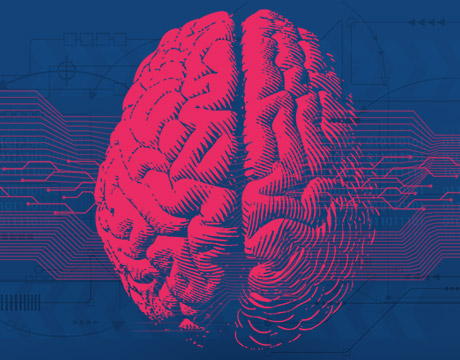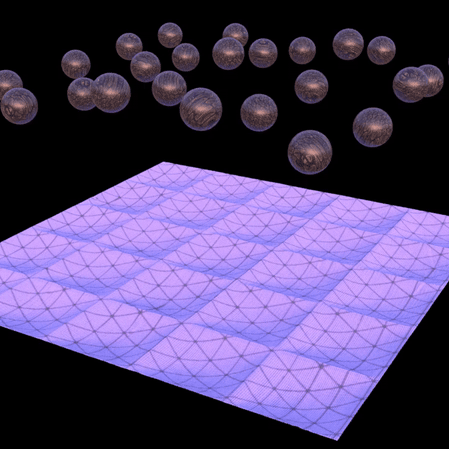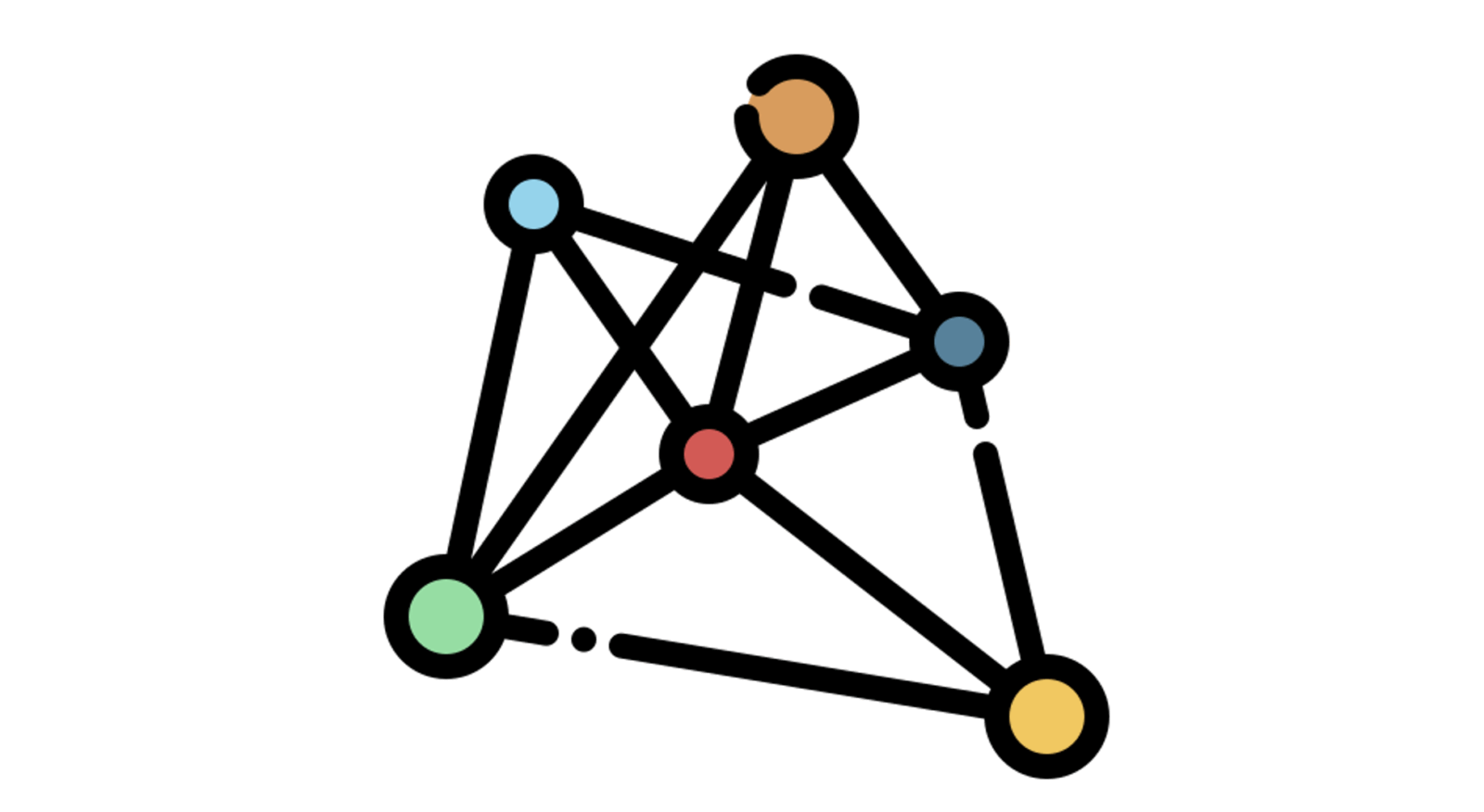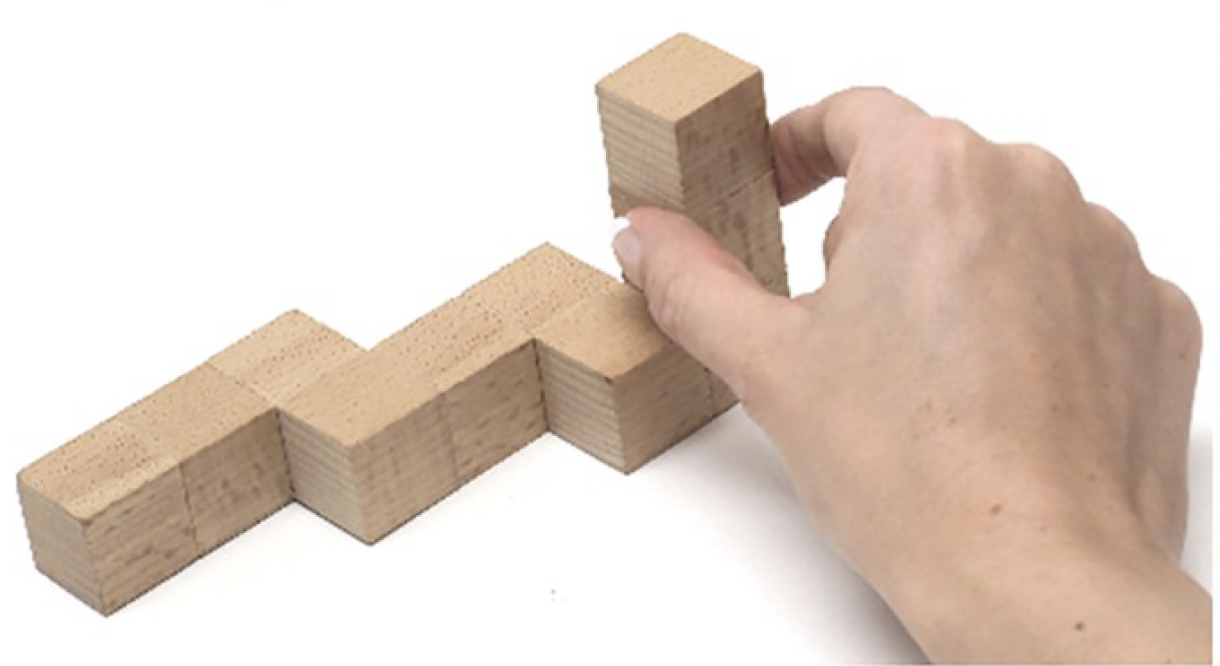
Research
Material Perception
Not only can we recognize objects, we also get a sense of their internal material properties: We can see how an object would feel when touched, squeezed or lifted. How do we infer material properties, like elasticity, viscosity, or softness by sight? What is the role of texture, shape, and motion cues? We use precisely controlled, visually compelling photorealistic renderings of different materials to identify and manipulate the visual cues underlying material perception.


Visual Intuitive Physics
Whenever we open our eyes, we instantly infer the physical properties of objects, the relationships between them, the forces acting on them, and what is likely to happen next. Visual intuitive physics comprises an essential component of intelligent behavior. How does the brain infer the physics of a scene at a glance? We design and run behavioral experiments to better understand how we infer and predict the physics of our environment.
Neural Basis
What is the neural basis of perceiving and reasoning about the physical world? Do behaviorally distinct mechanisms also show distinct neural signatures? We use functional neuroimaging (fMRI) to uncover the representational structure and functional organization of the computations the brain conducts to enable us to understand our physical surroundings at a glance.


Computational Basis
What is the computational basis of perceiving and reasoning about the physical world? What is the structure of our mental model of the physical world? What is the role of heuristics and simulation? How does the physical representation of state-of-the-art AI models compare to those of humans? We develop and test computational models to understand the perceptual and cognitive mechanisms underlying visual intuitive physics.
Developmental Trajectory
How do babies learn to see the physical world? Or, more generally, how do you build a brain that can robustly solve physics problems without access to the ground truth? We work with developmental psychologists to test what infants and kids at different age groups expect about how different objects and substances behave.


Action Planning
Perceiving the physics of our environment is required for planning any conceivable action. We cannot take a single step without first determining if the surface will support our weight, and we cannot pick up an object without first determining its approximate mass and rigidity. How does our brain adaptively translate our perceptions into motor actions? And how do we select actions, like eye movements, to gain information about the physical world?